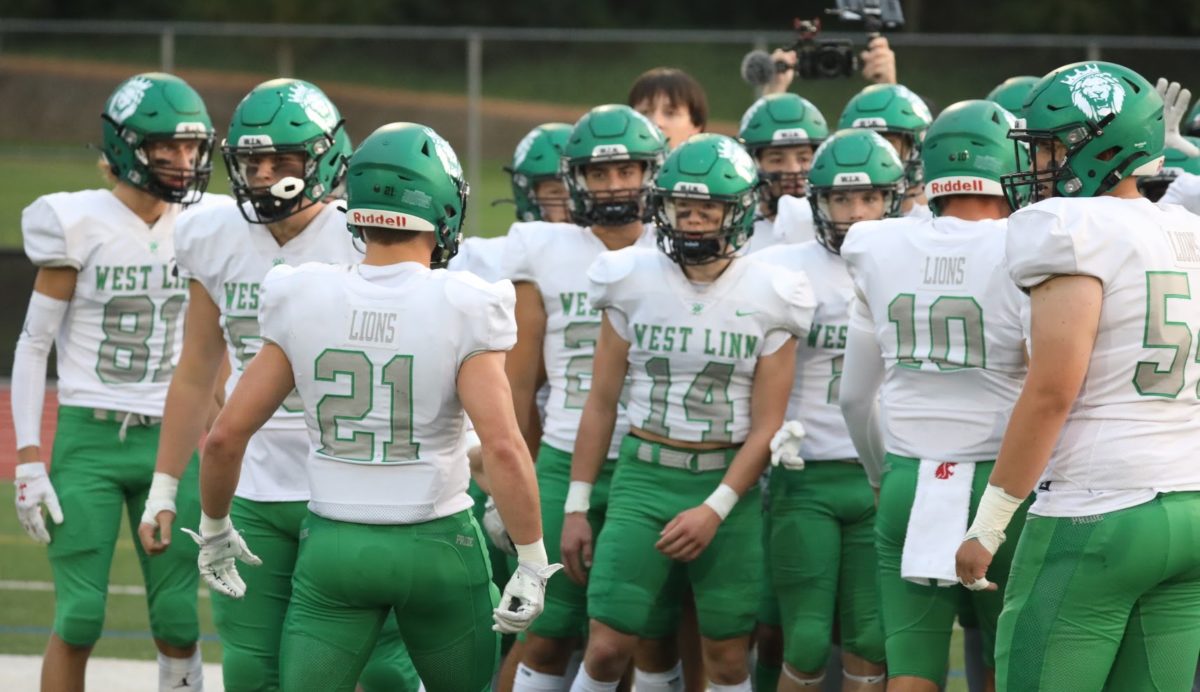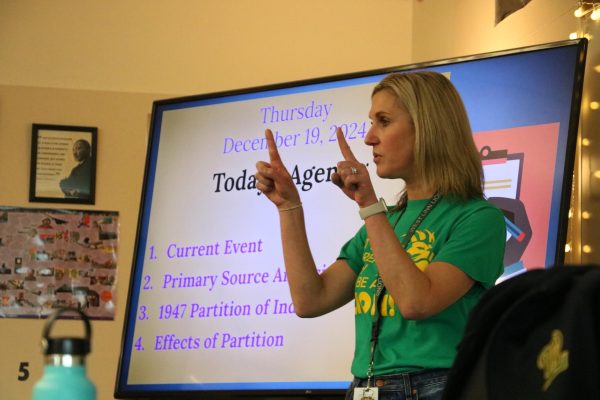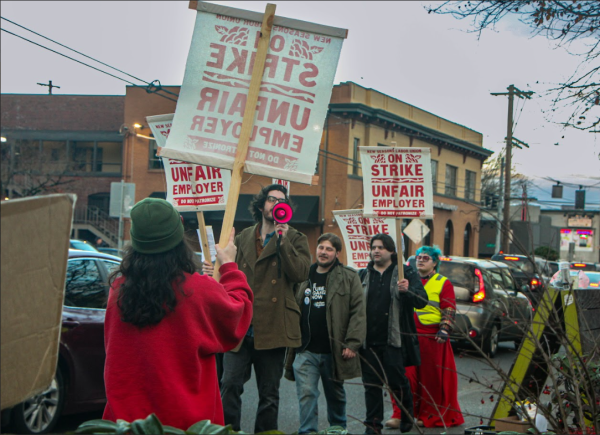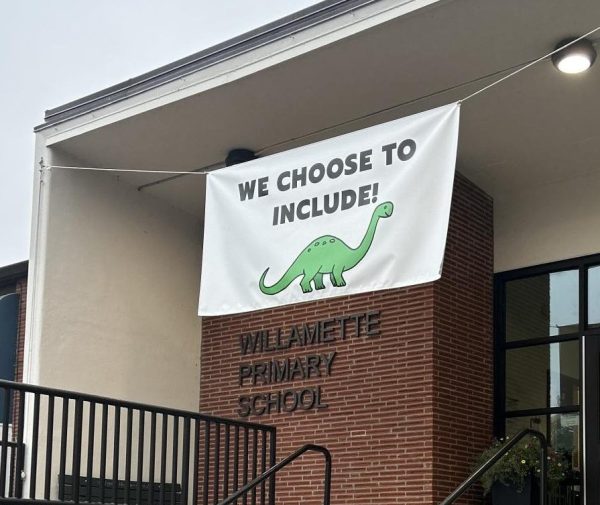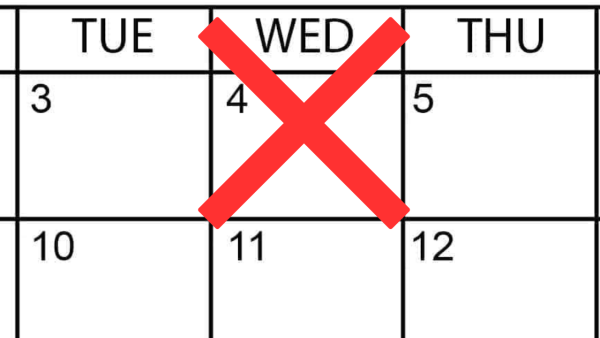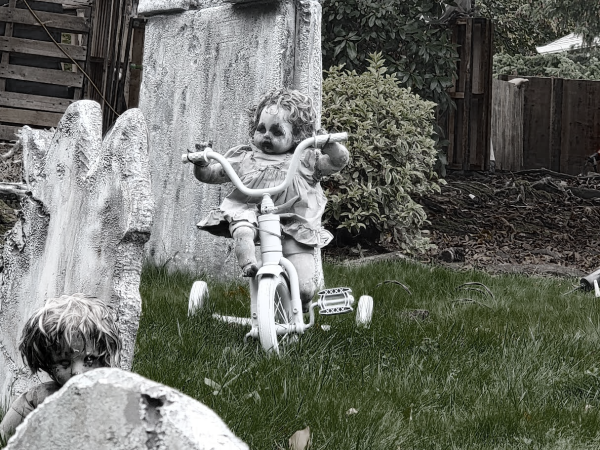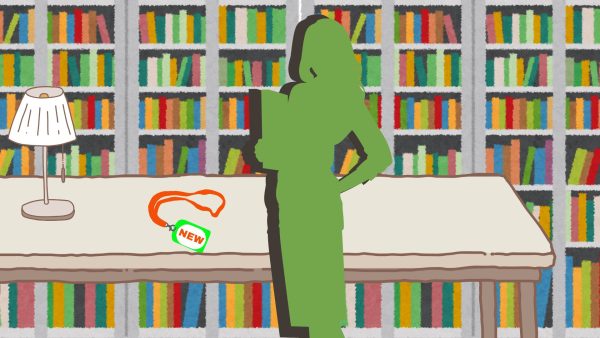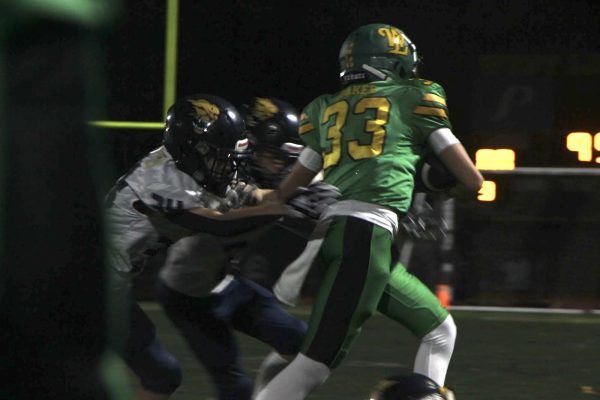FEMA drills for 9.0 earthquake – is WLHS ready?
The answer: Not at all. But you can be!
The test shelter built by Red Cross volunteers working with Legacy Meridian Park Medical Center. The volunteers are currently in the middle of simulating the aftermath of a 9.0 earthquake, as part of the Cascadia Rising drill. The drill is to simulate how various agencies including FEMA, the state government and the Red Cross, would handle the logistics of managing the disaster. The tents are designed to be “somewhere to be, somewhere to stay, somewhere to have a meal,” said hospital safety manager Angela Heckathorn.
“It’s coming. It’ll happen,” said West Linn mayor and professional geologist Russ Axelrod. The Cascadia Subduction Zone, running through the floor of the Pacific Ocean off the coast of the Pacific Northwest, is a prime fault line for massive earthquakes. Geological studies have shown that every 200-800 years, the Pacific Northwest is rocked by a 8.0+ earthquake. The average interval is 234 years, and the last earthquake was 316 years ago. The 1700 earthquake, according to oral legend reconstructed by modern ethnologists, resulted in an entire Native American tribe vanishing off the map. Since then, European and American settlers have moved in, building an entire civilization in the Pacific Northwest, and having no idea what’s about to happen.
“I think it’ll be more impactful that most people can understand or relate to,” Axelrod said. “It’s going to be devastating. There’s the geologic record…It’s going to be a game-changer. It’s important that people to not be afraid of it, educate, and prepare.”
A 9.0 earthquake would result, according to the projections, the utter destruction of everything between the West Hills and 18th in Portland, 150 instant deaths and over two thousand injuries in Multnomah County alone, liquefaction of the ground soil, annihilation of all main plumbing systems, cessation of electricity, and, perhaps most importantly, the destruction of the local highways, freeways, bridges, and many roads. The shaking will last around five minutes, and will be too intense to stand up. A tsunami twenty to thirty feet high (possibly even 80), appearing as a rise in the entire ocean level, will slam into the Oregon Coast. “Some analyses predict easily ten thousand fatalities,” said Oregon Office of Emergency Management Andrew Phelps. “Maybe tens of thousands…there are going to be weeks or months of communities being isolated.”
In short, it’s going to be an absolute catastrophe. And the earthquake will happen. It may not, however, happen before some of our readers move out of state. The odds of the earthquake happening soon are, “depending on which scientists you talk to,” Phelps said, “one in three for it to happen in the next 50 years.”
Unfortunately, the infrastructure will not handle the earthquake well. How will it go for them? “Bad,” Phelps said. “We’re sort of making the assumption that there won’t be a single viable route from the I-5 to the coast.” The required infrastructure improvements to prevent this would also cost a ton. “20 billion dollars would barely make a noticeable dent,” he said.
Now, faced with this bleak prospect, you’re probably wondering what the school is doing to prepare. “Not much,” said Environmental Science teacher Mr Hartman. “I don’t think any of us are prepared, to be honest. The new building is designed to withstand a 7.0.” A 9.0 earthquake would be one hundred times as intense as a 7.0. “It’s probably gonna be pretty chaotic. We’re probably going to be several weeks without basic services. People are not going to know if their loved ones are alive or not.”
Waiting for the authorities to step in? You’re out of luck. “You won’t be able to call the police, an ambulance, the fire department,” Mayor Axelrod said. “There’s just not going to be a response.” “It’s going to be at least two weeks to even get police, firefighters, ambulances,” said Phelps.
“Craig Phebe, a FEMA administrator said, “this threat is Hurricane Katrina, Hurricane Sandy, Loma Prieta, all wrapped into one and multiplied by ten,’” said Phelps.
“There’s no question that after a major earthquake, it’s going to be really unpleasant,” said Tualatin Valley Fire & Rescue Emergency Manager Jeff Rubin. “The key is for folks to take that big step and go from, ‘yeah, this is bad’ to ‘we should do something about it.’” “I think the biggest challenge we face is apathy,” Phelps said.
All right, we’re doomed. What can we do about it?
I’m glad you asked that question! First, whatever you do, do it now. When you get home from school. When you finish reading this article. When you get off of work (wait a second – why are you reading this during work hours?). Just don’t put it off. “If you’re going to do it, do it this weekend,” Mayor Axelrod said.
Now then, the physical things you should prepare are as follows. According the the mayor, the OEM, FEMA, and the Red Cross, it is vital that you keep a good first aid kit, food, and water on hand. “Having three days of emergency supplies isn’t enough,” Phelps said. “We recommend at least two weeks’. Most grocery stores have 1-2 days of food on the shelves, and that’s it.” Given the standard metric of one gallon per person per day, this adds up to about 14 gallons per person. If you can’t afford a full barrel, store what you can. For the government’s list of other basic supplies, see here.
Also, an important emergency supply that you probably won’t see in the FEMA handbook: beer. Have your parent(s) buy it, and you have some prime barter goods. What’s going to be more effective in convincing your neighbor to clear the wreckage out of your yard: a $10 bill when all the stores have collapsed, or a six-pack?
Far more important than any sort of survival kit is the mental side of things. You will be in huge trouble if the first thing you do in an earthquake is panic. “Definitely stay informed,” said Heckathorn. “Be aware of the dangers we could face.” Axelrod said, “understand how things will really change, and thinking about it.”
As the drills have taught us, when the shaking starts, get under a desk, hold onto the leg tightly, and cover your head with your other arm. “Trying to run out of the building while it’s still shaking is the best way to get killed or injured,” Rubin said.
Phelps recommends three things to do to prepare: “The first is, have a conversation with your family [about] what your family prep needs to look like.” According to him, a child’s concern “becomes a force multiplier to the parents. Number two, get some training. First Aid with the Red Cross, lockdown drills…for all hazards, not Cascadia.” And third, an emergency kit at school. “In your locker, maybe keep an extra phone charger, a small first aid kit, extra medication. Not a lot. It helps with the frame of mind, knowing you have some just in case.”
To make sure that the government will handle the earthquake competently, the government is currently running the Cascadia Rising drill. Lasting from the seventh to later today, it is a simulation of how various organizations including FEMA, the Red Cross, and the Fire Department will handle the logistics. “It’s about the biggest exercise the state of Oregon’s ever done,” said Phelps. “It’s a coordination exercise…establishing our abilities, the decision-making process, who makes what decisions allocating resources.”
Oh, and for gosh sakes, don’t dump your waste in the street! Flushing toilets aren’t going to be working, but nobody wants an outbreak of cholera. “Sanitation is going to be an issue,” Phelps said. “Dig and bury your waste. Not near a drinking water source!”
For further reading:
- A pamphlet on the earthquake is here.
- What happens after the earthquake.
- The New Yorker’s introductory article.
- The psychology of disaster.
Your donation will support the student journalists of West Linn High School. Your contribution will allow us to continue to produce quality content by purchasing equipment, software, and continuing to host our website on School Newspapers Online (SNO).

Whether he’s searching for lost treasures, writing investigative articles for journalism, or simply working on a science project, Evan McKinley, junior,...




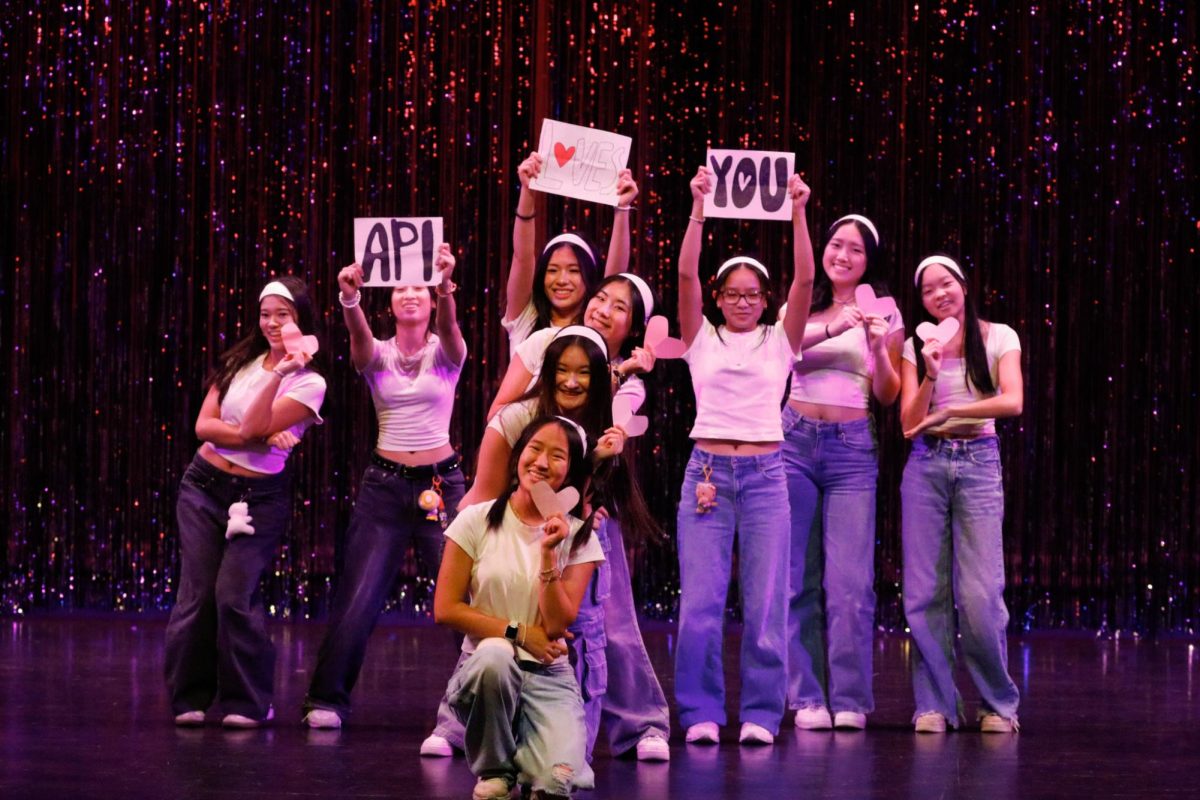
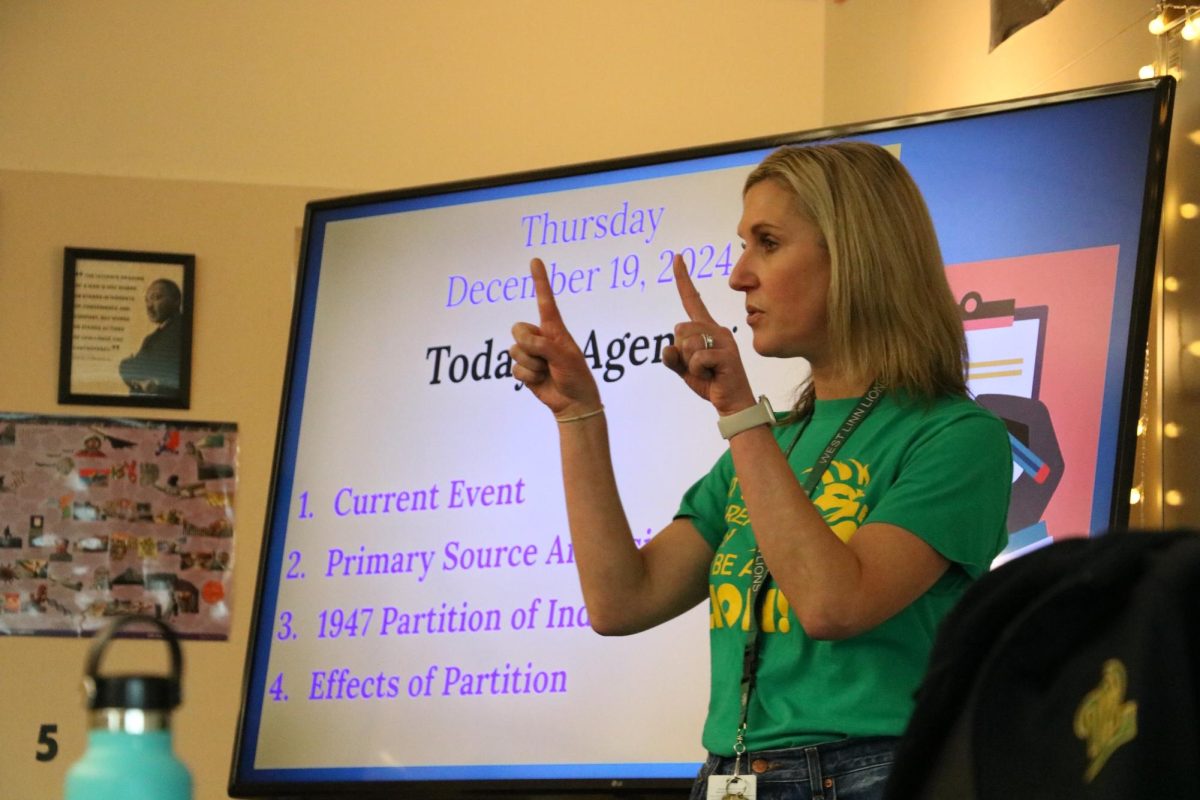




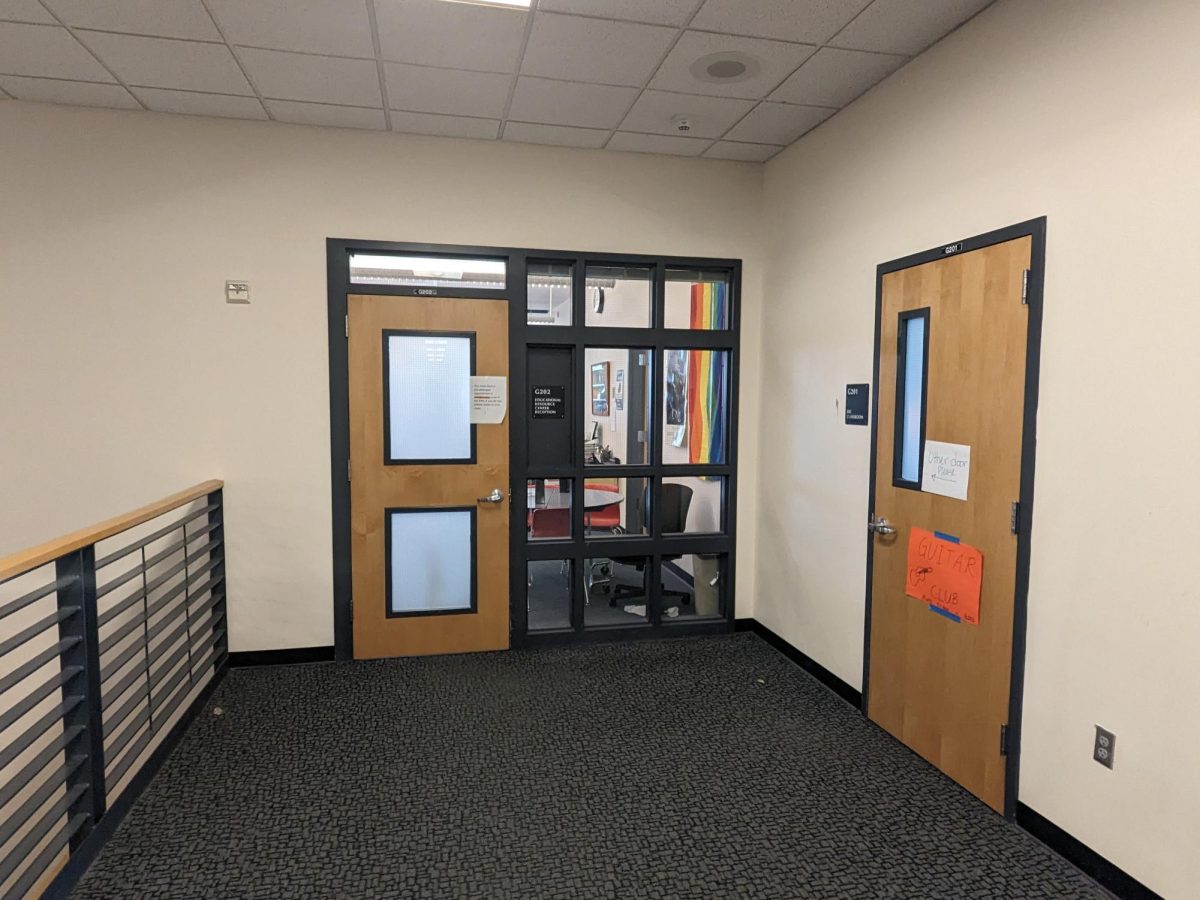













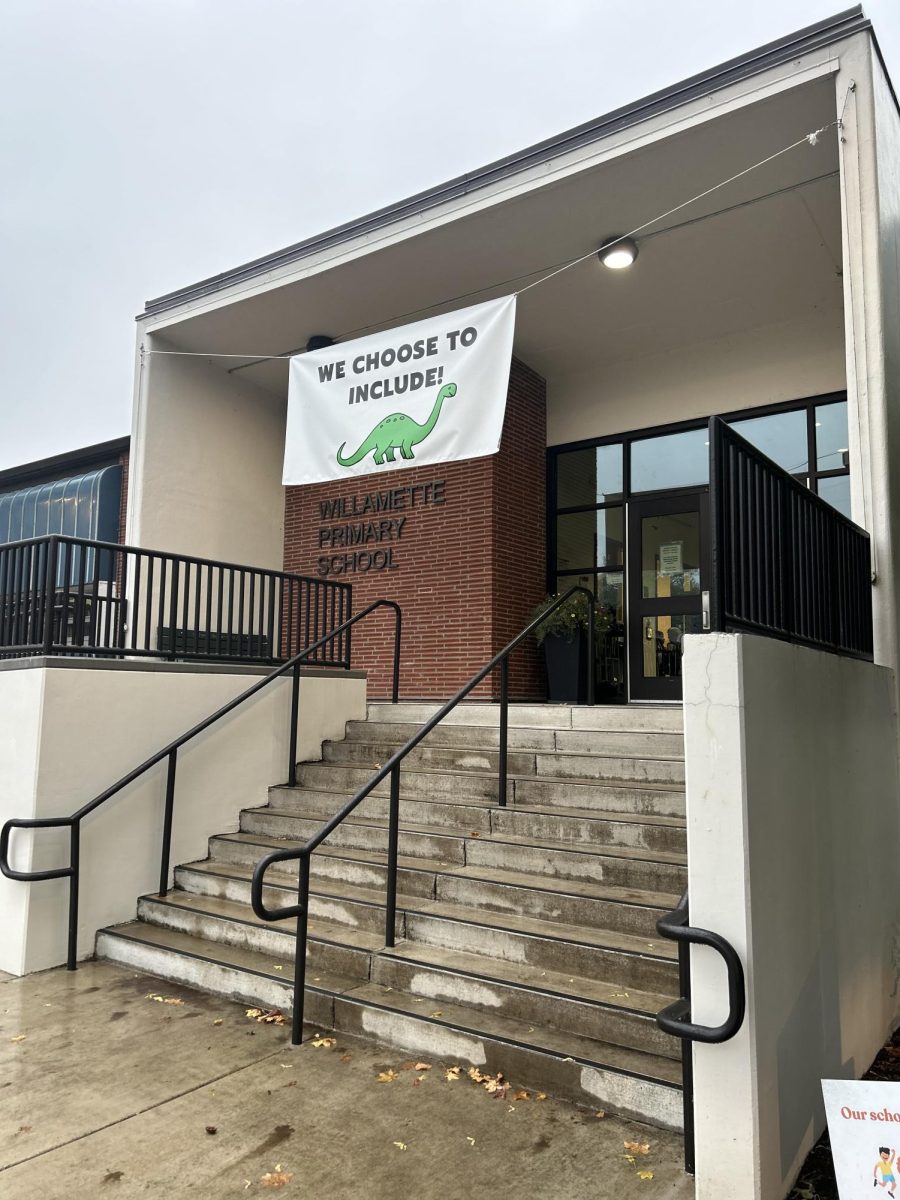
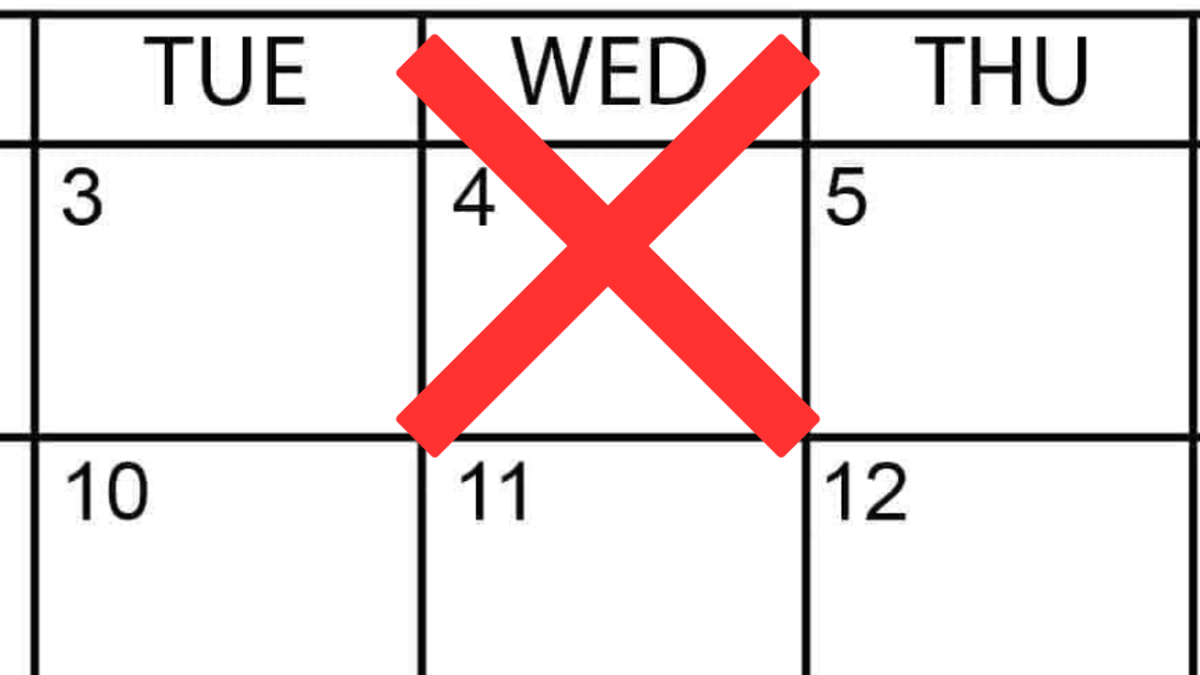







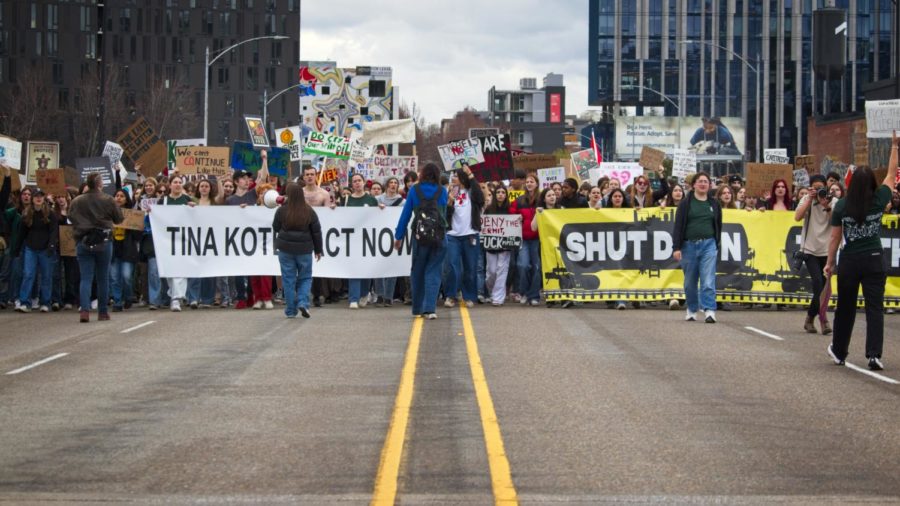









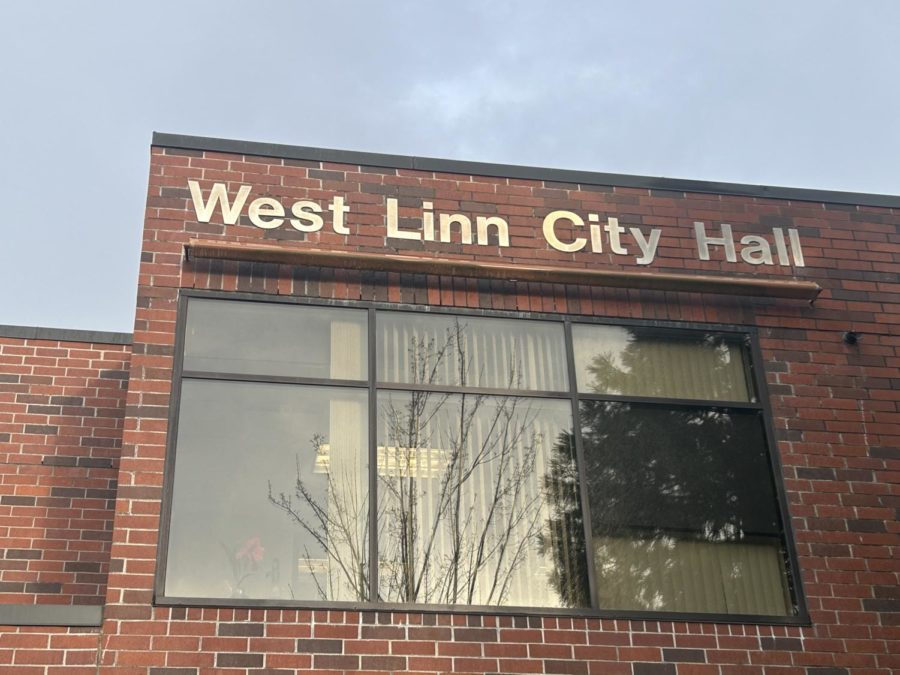





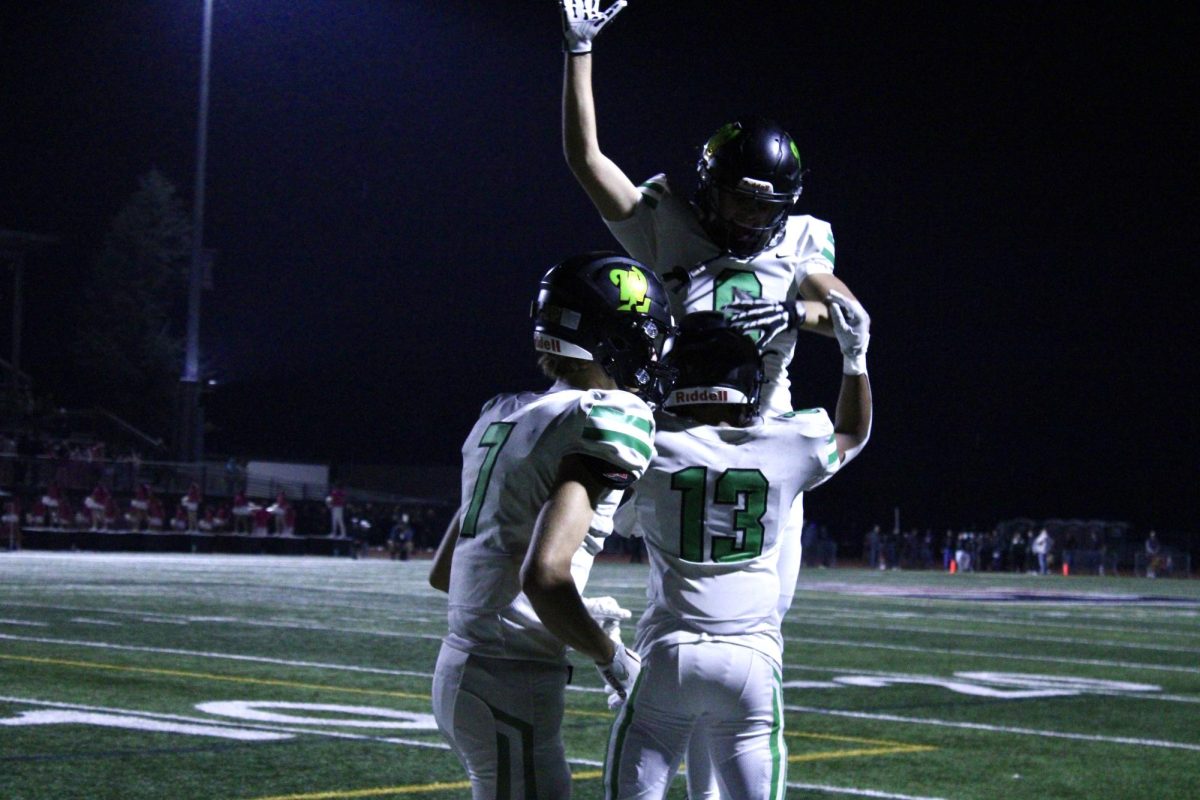




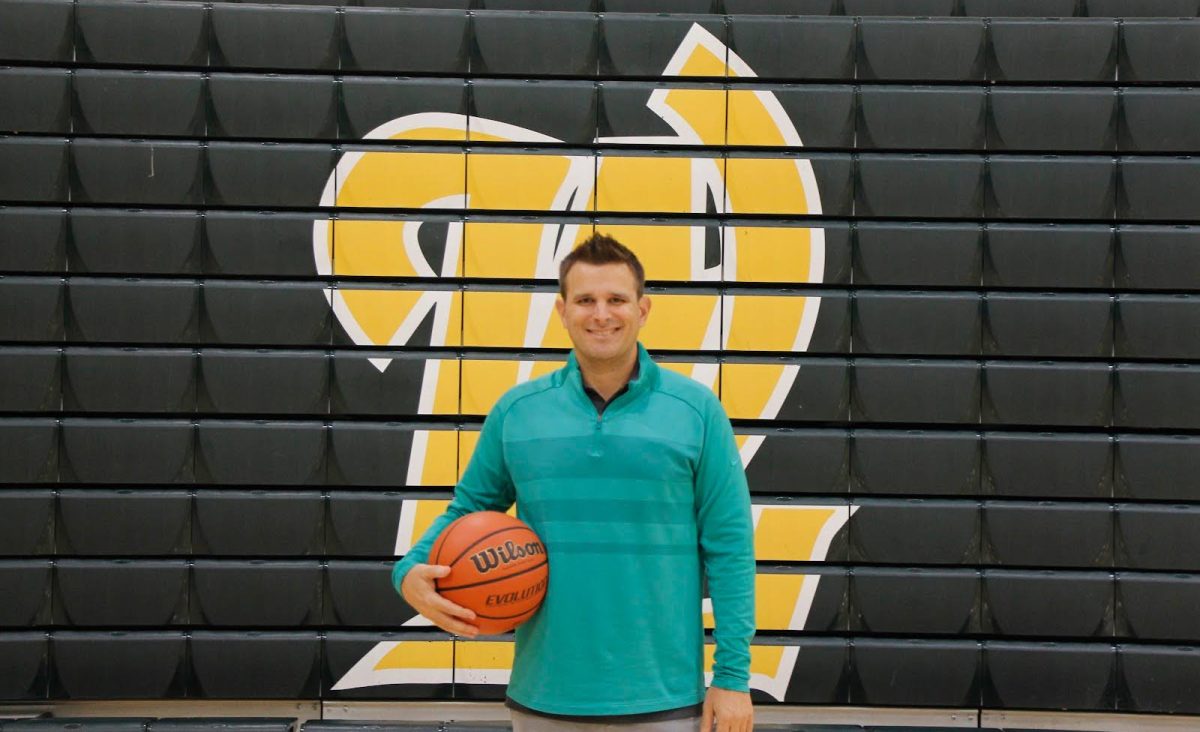

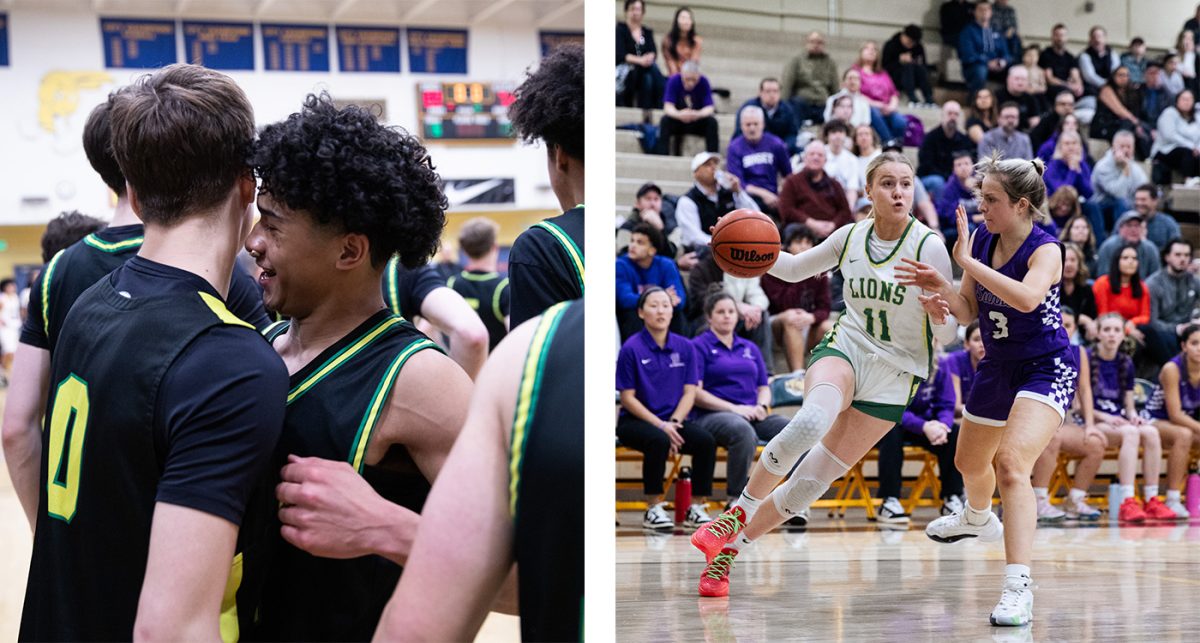
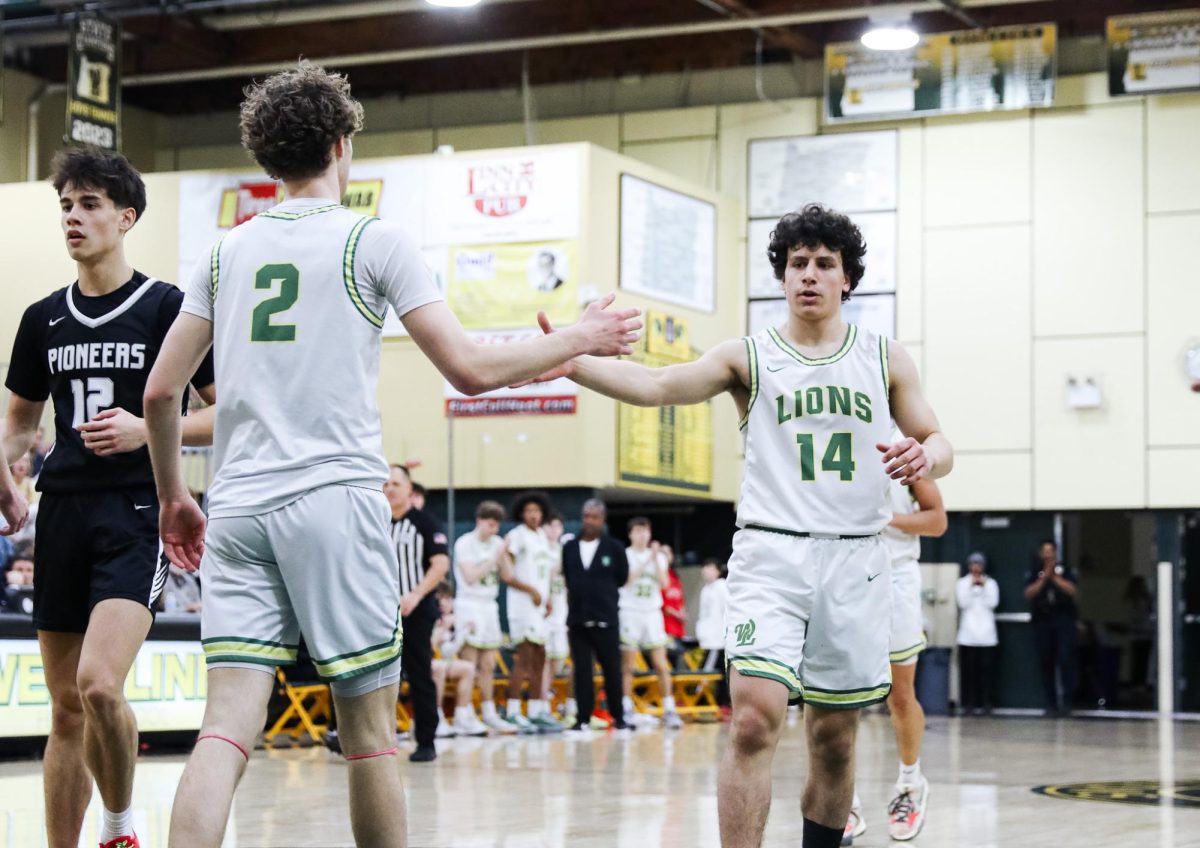
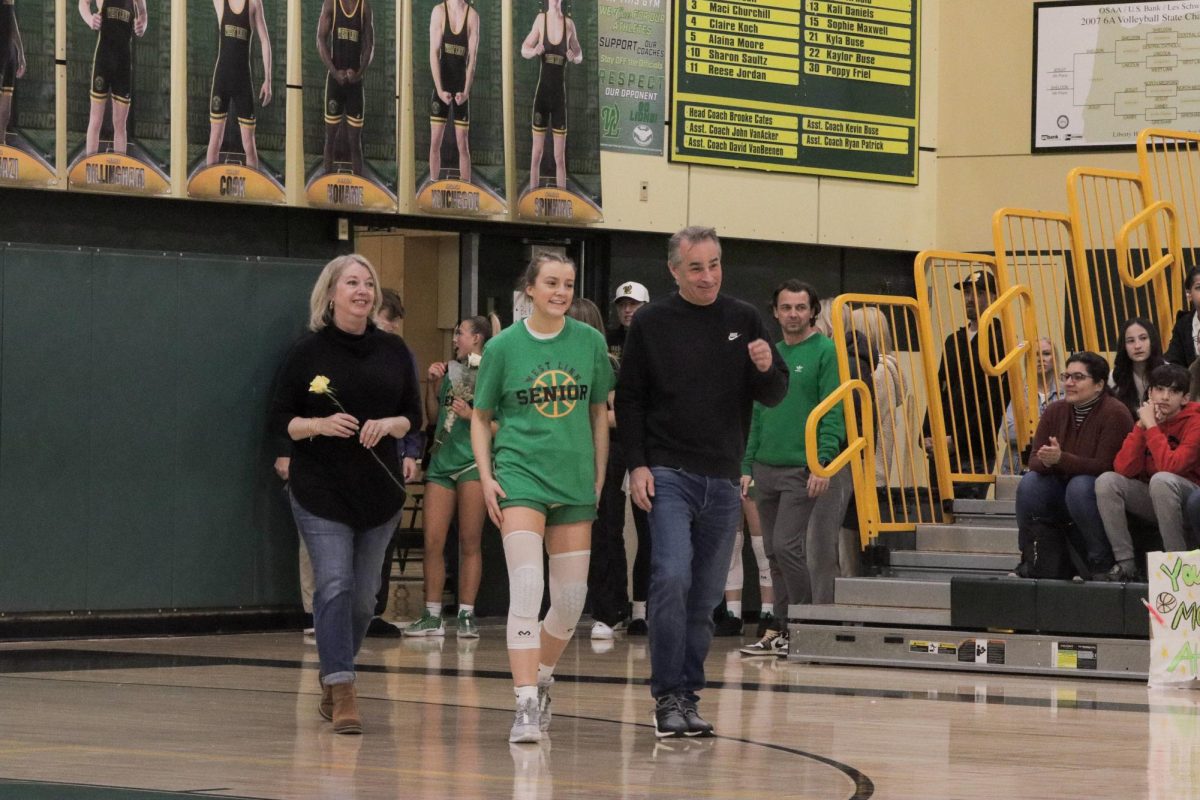
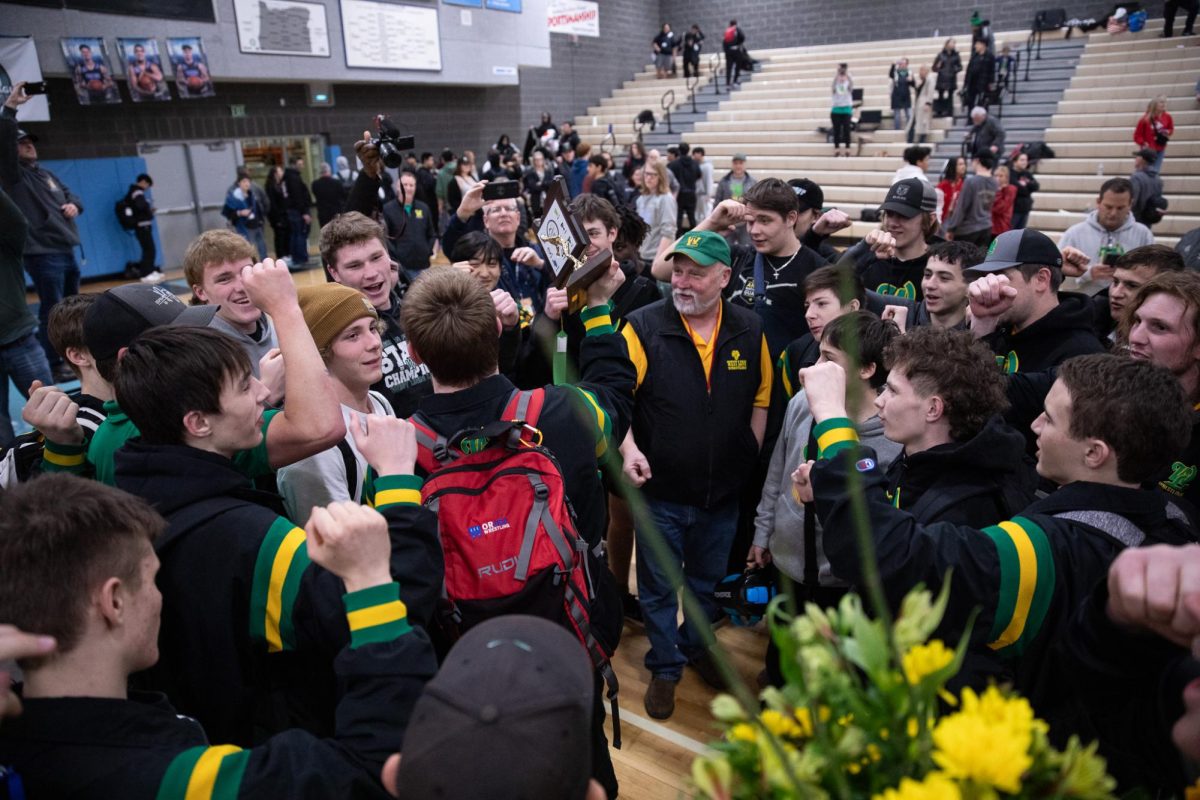


![At the bottom of the third inning, the Lions are still scoreless. Rowe stands at home plate, preparing to bat, while Vandenbrink stands off to the side as the next batter up. Despite having the bases loaded, the team was unable to score any runs. “It’s just the beginning of the season. We’re just going to be playing out best by June, [and] that’s where champions are,” Rowe said.](https://wlhsnow.com/wp-content/uploads/2024/03/IMG_3077-1200x900.jpg)



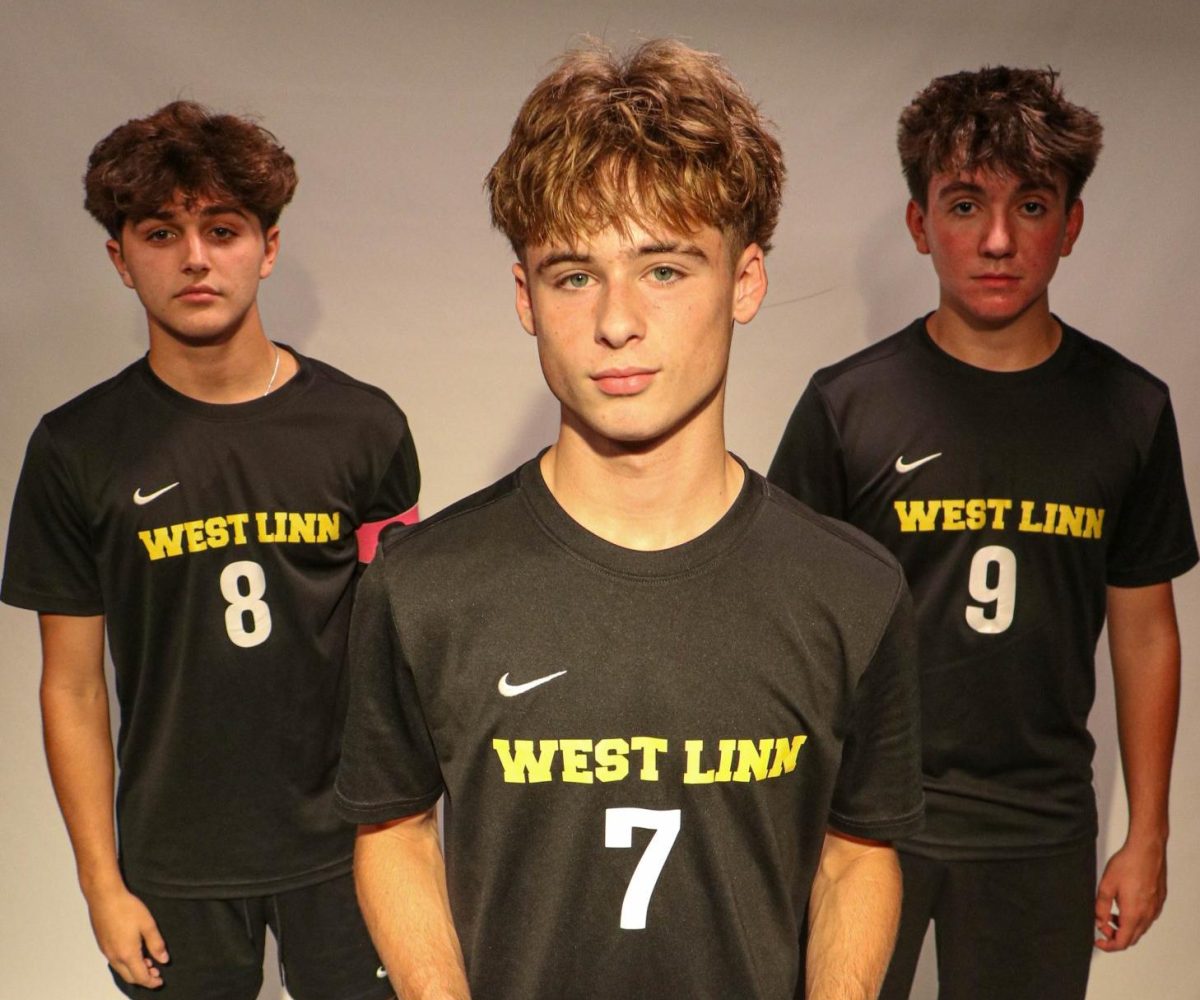






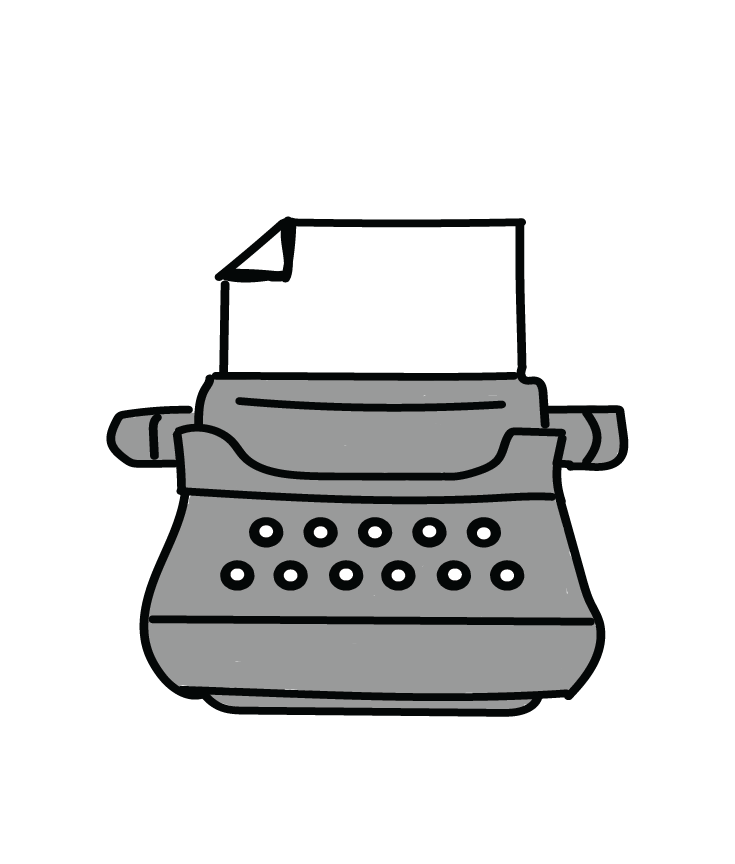



























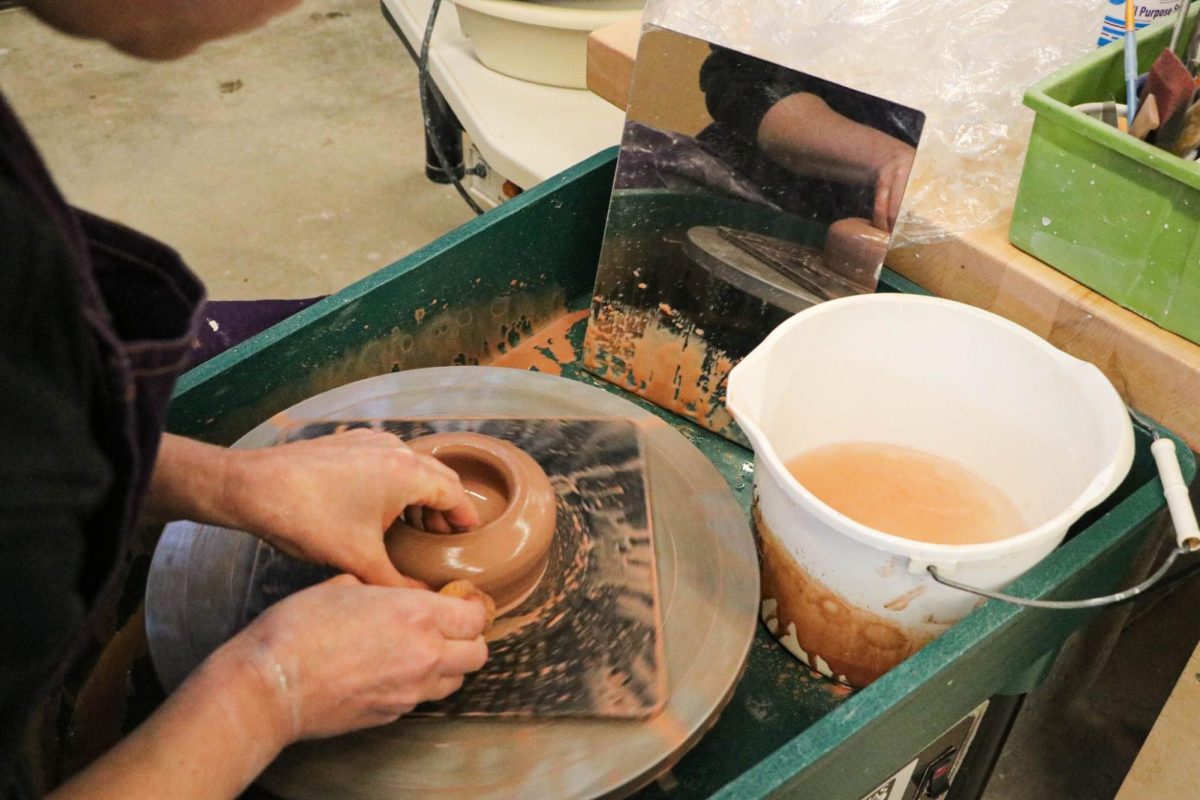
![All smiles. The group poses for a photo with last year’s book, “This is Our House,” along with their award for third Best in Show. Meikle, who was an Editor-in-Chief for the yearbook last year as well, holds both and stands at the center of the group. “That was an amazing feeling, going and grabbing the third place award,” Meikle said. “All of it paid off. I cried so much over that book, being able to receive [the award] was one of the highlights of my high school career, it was like the coolest thing ever.”](https://wlhsnow.com/wp-content/uploads/2024/11/8bookpose_philly-1200x800.jpg)




